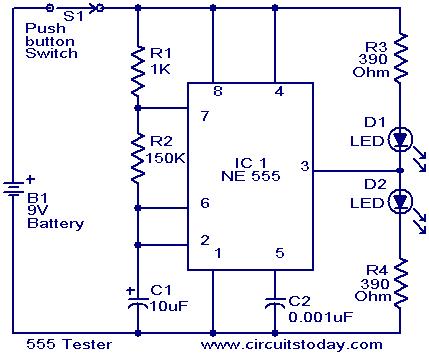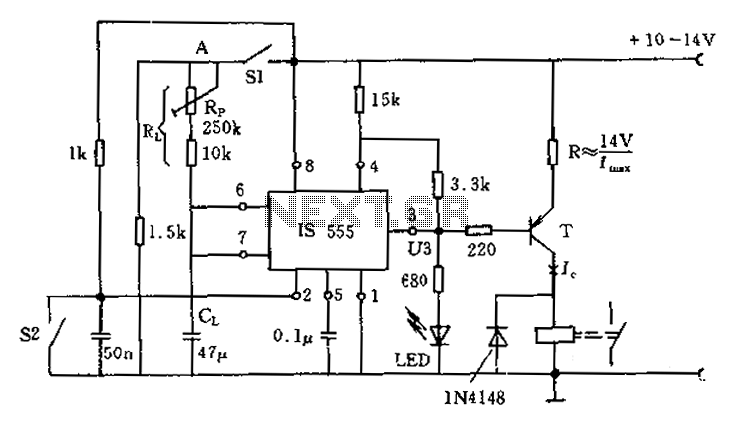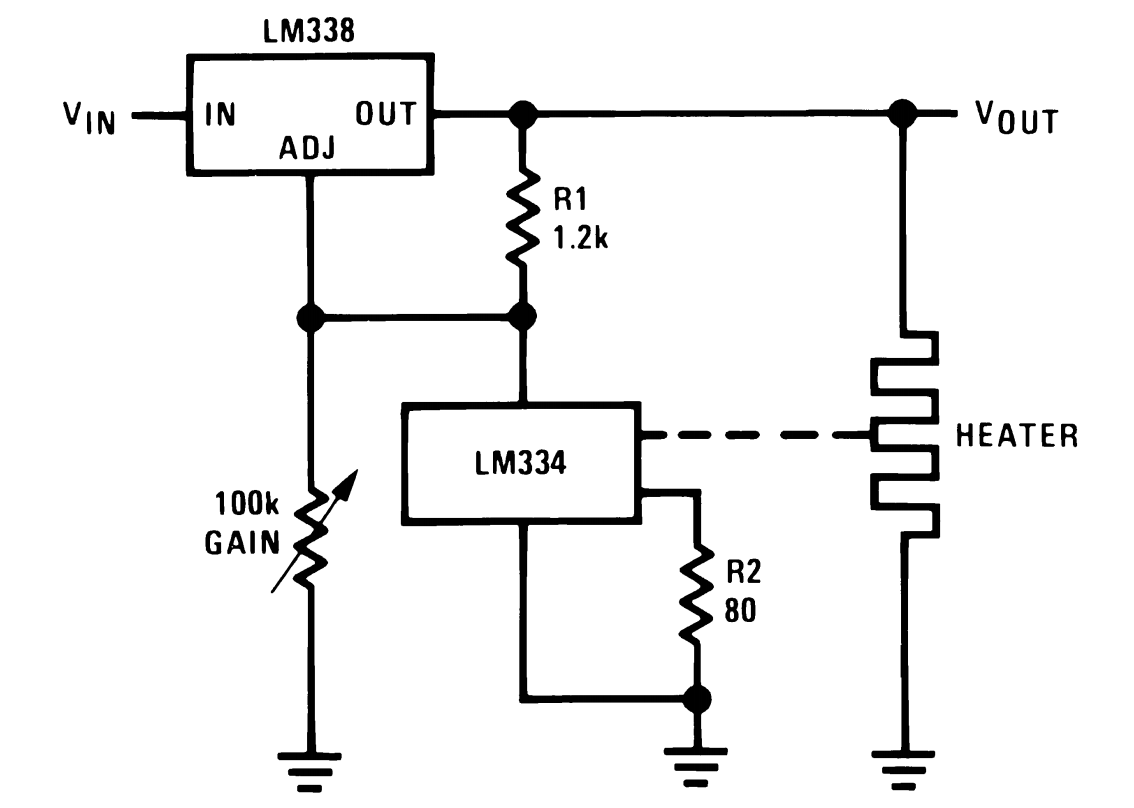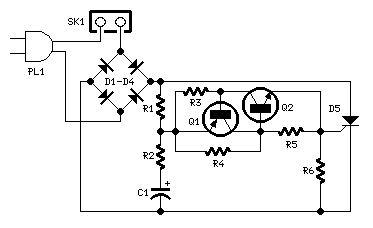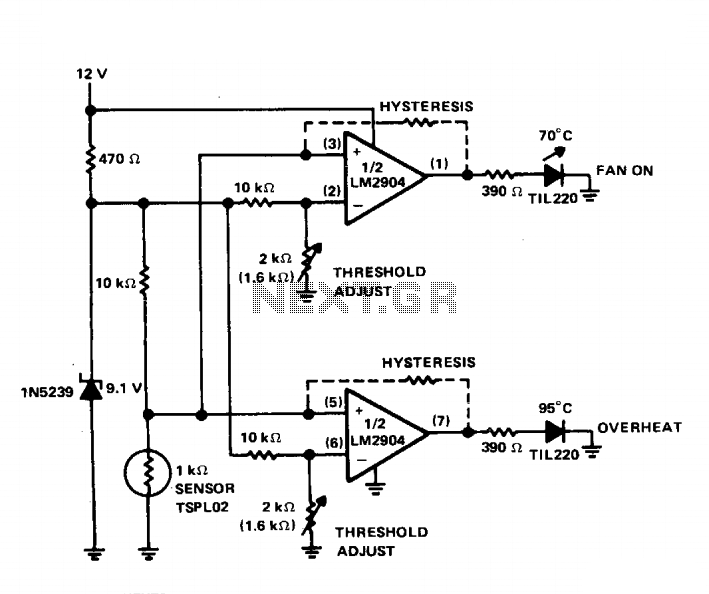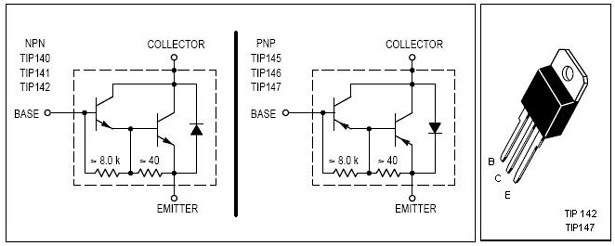
Astable flip-flop multivibrator circuit
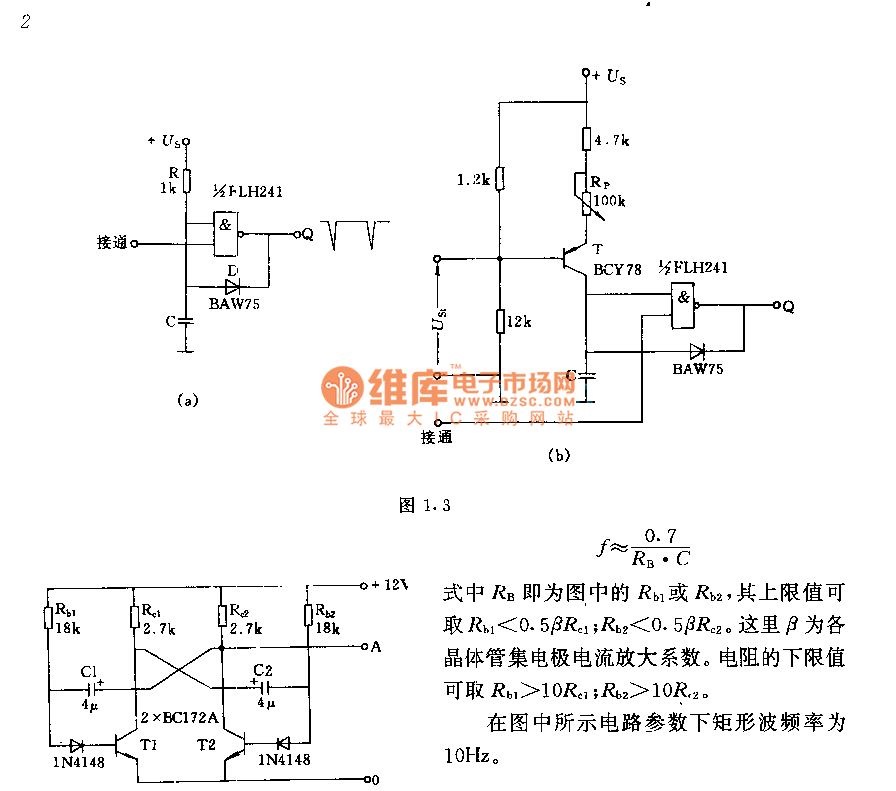
The circuit consists of two components whose parameters and models are designed to simultaneously generate a rectangular wave with a duty cycle of 1:1. The frequency is defined by the equation f = 0.7/(RB * C), where RB refers to either Rb1 or Rb2 in the circuit diagram. The upper limit for Rb1 is specified as Rb1 < 0.5 * RC1, and for Rb2, it is Rb2 < 0.5 * RC2, with ? representing the transistor collector current amplification factor.
The circuit is designed to produce a square wave output, which can be utilized in various applications such as clock signals for digital circuits or timing applications. The frequency of the output waveform is inversely proportional to the product of the resistance value (RB) and the capacitance (C). This relationship indicates that by adjusting either the resistance or capacitance, the frequency of the output can be modified, allowing for flexibility in circuit design.
The parameters Rb1 and Rb2 are critical in ensuring that the output maintains the desired characteristics. The condition that Rb1 must be less than 0.5 times RC1 and Rb2 must be less than 0.5 times RC2 ensures that the circuit operates within safe limits to prevent distortion of the waveform and to maintain the integrity of the signal. The transistor's current amplification factor, ?, also plays a vital role in defining the gain of the circuit, influencing how effectively the circuit can drive loads connected to the output.
In practical applications, careful selection of the values for RB and C is necessary to achieve the desired frequency and ensure the circuit's reliability. The design should also consider the power ratings of the components to prevent overheating and failure during operation. Proper decoupling and filtering techniques may also be implemented to minimize noise in the output signal, enhancing the performance of the circuit in sensitive applications.The two parts` component parameters and models of the circuit are corresponding to simultaneously obtain a rectangular wave with duty ratio of 1:1, its frequency f = 0.7/RB ¢ C. RB is Rb1 or Rb2 in the figure, and its upper limit value Rb1 < 0.5?RC1 ; Rb2 < 0.5?RC2, here ? is the transistor collector current amplification factor. The lower lim.. 🔗 External reference
The circuit is designed to produce a square wave output, which can be utilized in various applications such as clock signals for digital circuits or timing applications. The frequency of the output waveform is inversely proportional to the product of the resistance value (RB) and the capacitance (C). This relationship indicates that by adjusting either the resistance or capacitance, the frequency of the output can be modified, allowing for flexibility in circuit design.
The parameters Rb1 and Rb2 are critical in ensuring that the output maintains the desired characteristics. The condition that Rb1 must be less than 0.5 times RC1 and Rb2 must be less than 0.5 times RC2 ensures that the circuit operates within safe limits to prevent distortion of the waveform and to maintain the integrity of the signal. The transistor's current amplification factor, ?, also plays a vital role in defining the gain of the circuit, influencing how effectively the circuit can drive loads connected to the output.
In practical applications, careful selection of the values for RB and C is necessary to achieve the desired frequency and ensure the circuit's reliability. The design should also consider the power ratings of the components to prevent overheating and failure during operation. Proper decoupling and filtering techniques may also be implemented to minimize noise in the output signal, enhancing the performance of the circuit in sensitive applications.The two parts` component parameters and models of the circuit are corresponding to simultaneously obtain a rectangular wave with duty ratio of 1:1, its frequency f = 0.7/RB ¢ C. RB is Rb1 or Rb2 in the figure, and its upper limit value Rb1 < 0.5?RC1 ; Rb2 < 0.5?RC2, here ? is the transistor collector current amplification factor. The lower lim.. 🔗 External reference
Warning: include(partials/cookie-banner.php): Failed to open stream: Permission denied in /var/www/html/nextgr/view-circuit.php on line 713
Warning: include(): Failed opening 'partials/cookie-banner.php' for inclusion (include_path='.:/usr/share/php') in /var/www/html/nextgr/view-circuit.php on line 713
